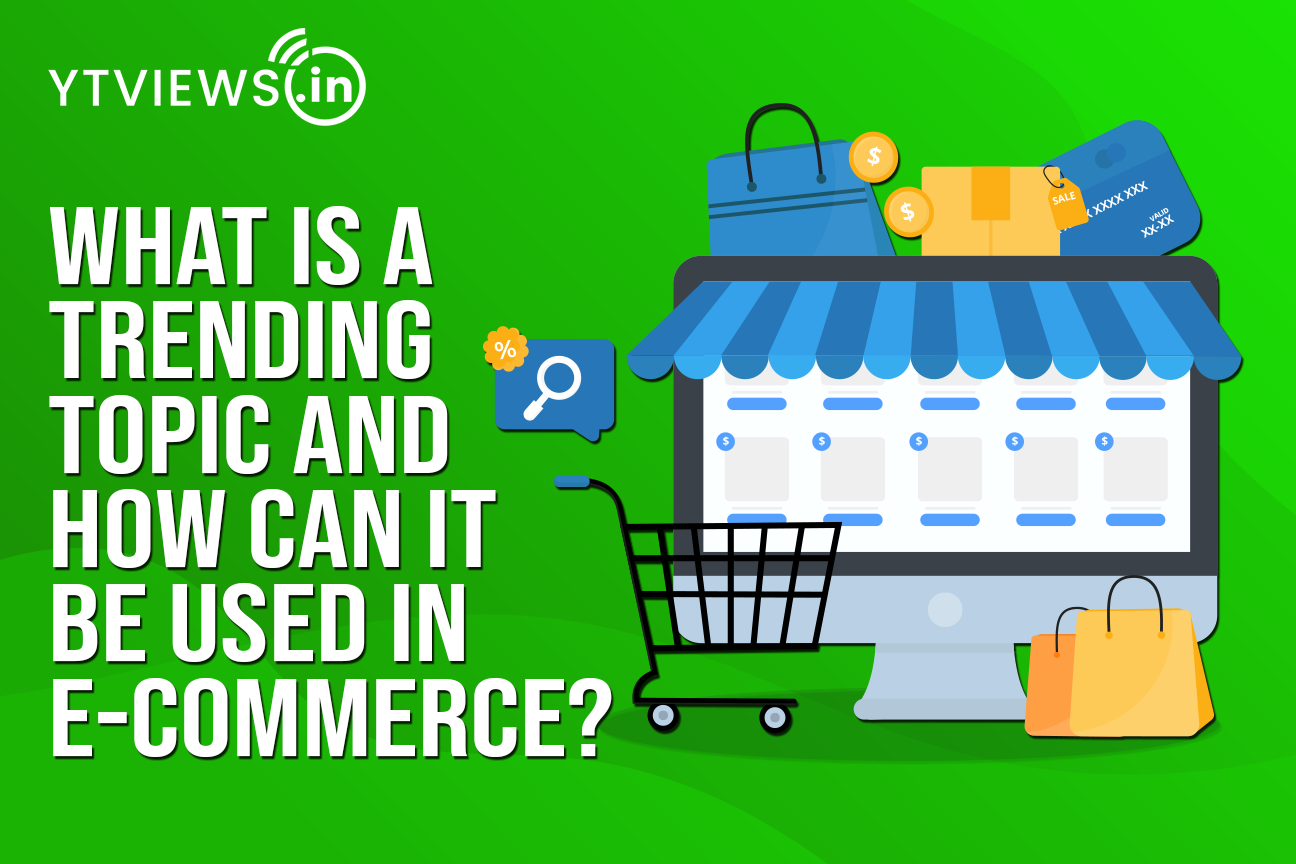What is a Trending Topic and How can it be used in e-Commerce?
A trending topic is a topic that is gaining popularity on one or more social media platforms for a limited period. E-commerce businesses can examine social media trends to find out what’s catching consumer interest and capitalize on the ongoing conversation.
Trending topics often grow around popular cultural events such as current affairs, celebrity announcements, TV premieres, social causes, breaking news, and viral content. There is no limit to how long a topic remains popular, although trending topics usually have a shelf life of one day to one week.
Trending topics are determined by algorithms created by the website on which the topic appears. Most platforms customize the topics displayed based on the user accessing the site, taking into account location, previous likes or searches, and people the user is following. For example, a user who follows Target may see a popular store promotion, while a member of a group of mug collectors will see a trending online ceramics store.

What does a trending topic look like?
Trending topics often come in the form of hashtags, but they can also be simple buzzwords commonly used on social media. Some websites have specific trending pages or links, while others appear in or near search results. Twitter users generally see trends tailored to their location but can change that location on the Twitter website. Trending topics appear in several areas of the desktop version of the site, while mobile trends can be found in the search box.
~ Trending on Facebook is broken down into five categories: All News, Science & Tech, Sports, Entertainment, and Politics.
~ Clicking on a category redirects users to a related page with public and network posts.
~ Google trends are calculated by analyzing a percentage of keyword or topic searches based on time and location.
~ Google doesn’t use special characters, multiple searches by the same person, or rare search terms to determine trends.
~ Tumblr users can browse the Explore page to view the Popular and Featured tags.
A lightning bolt indicates that a tag is new and trendy. Instagram has a Search and Explore page that displays various posters similar to the one a user has liked or followed; the page also displays popular local images.
How Businesses Can Use Trending Topics?
Trending can help an online store show up in more feeds and search results, increasing the number of people who see their posts and profiles.
Benefit from the Internet culture. Denny’s is famous for its ability to capitalize on trending themes. The technology may seem strange to many, including users who interact with Denny’s on social media. The company’s laid-back tone and use of Internet memes (fast-paced content like images or short statements that are often imitated, usually for comedic effect) have led to a 150% growth in subscribers since 2013, according to Entrepreneur.
Join an ongoing conversation. Many brands have used this technique during a viral phenomenon known as “The Dress”. A wedding attendee posted a photo of a dress online and asked viewers if it was white and gold or blue and black. This simple question sparked an incredible amount of commentary, so the New York Times published an article on colour and brain research in response. Companies took advantage of the situation, often cheekily comparing their brand colours to the dress, mimicking consumer confusion.
What to pay attention to?
Trending topics can be abused: In fact, violating Twitter’s trending abuse rules could, in extreme cases, result in account suspension. If a business wants to capitalize on a trending topic, it needs to approach the situation in a way that doesn’t lead to unintended consequences.
Refrain from posting irrelevant content: Twitter discourages adding unrelated keywords or hashtags to posts to increase visibility in search results. Companies need to make sure their posts and brands are related to the topic in some way. Posting irrelevant content not only attracts the ire of social media sites but also confuses viewers and damages credibility.
Research the history of a subject: This is especially true for hashtags and keywords. DiGiorno has previously used the hashtag #WhyIStayed to promote his product, unaware that the day was formed to raise awareness about domestic violence. The company quickly deleted the tweet and apologized to users who had expressed their displeasure.
Approach tragedy with caution: In the aftermath, posting about a tragedy can show empathy and concern for people. However, excessive branding can change the tone from compassionate to disrespectful. Several American brands miss the mark when it comes to honouring September 11, 2001, according to AdWeek. Oftentimes, insensitive social media posts can cause a brand to become a trending topic for all the wrong reasons. It’s worth noting that AdWeek claims to have done it right, kept it relevant to the situation, and kept branding to a minimum.
Participating in trending discussions increases consumer awareness and makes brands relevant. Care should be taken to ensure that publications have a positive impact on consumers.
Related Posts

Instagram Implements Advanced Protections for Teen Users.

5 Skills to Become a Successful Social Media Marketer

LinkedIn Adds AI Training Opt-out Option

What Video Editing Software Do Youtubers Use in 2024?

How VoIP Services are changing the Way We Make Calls






































